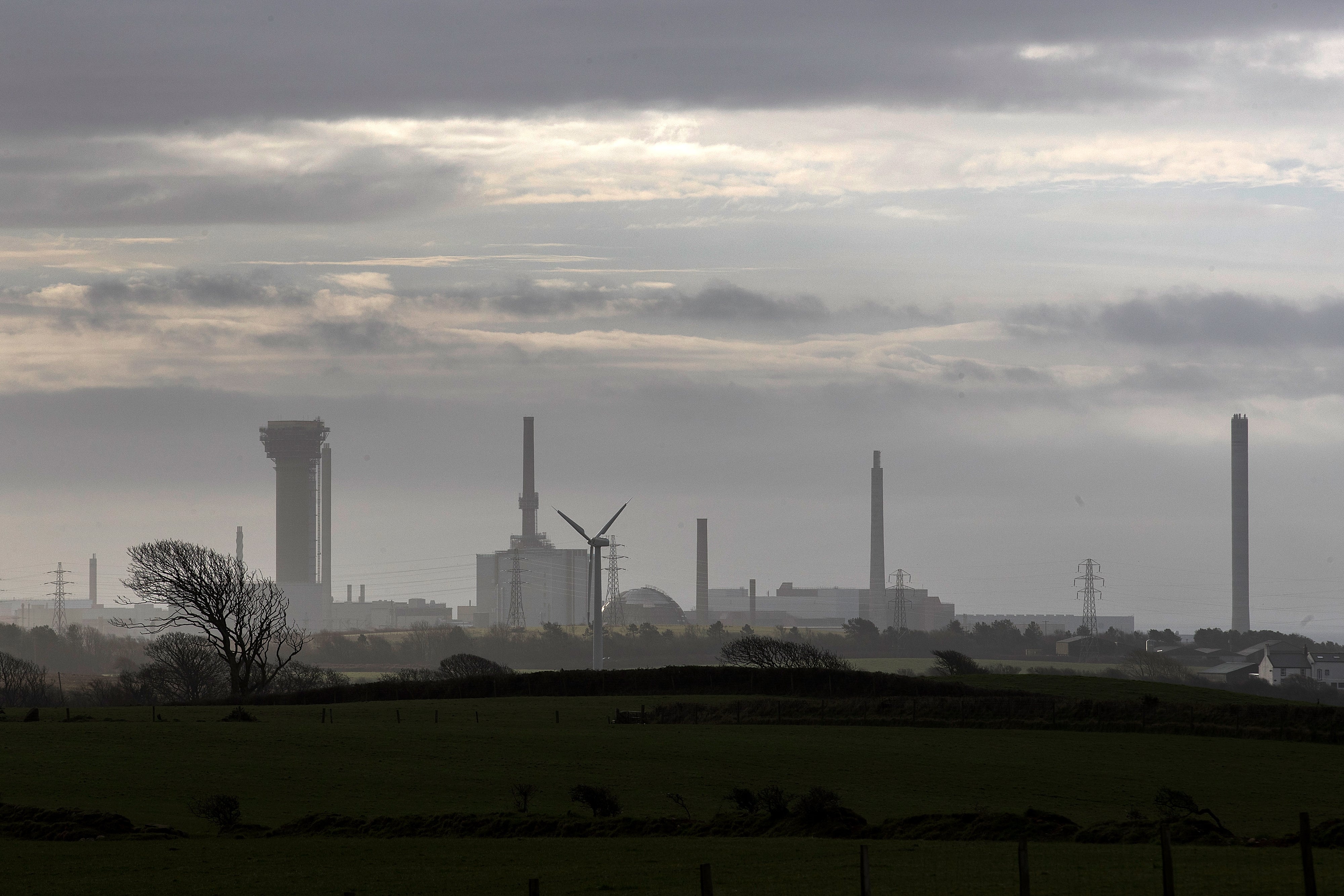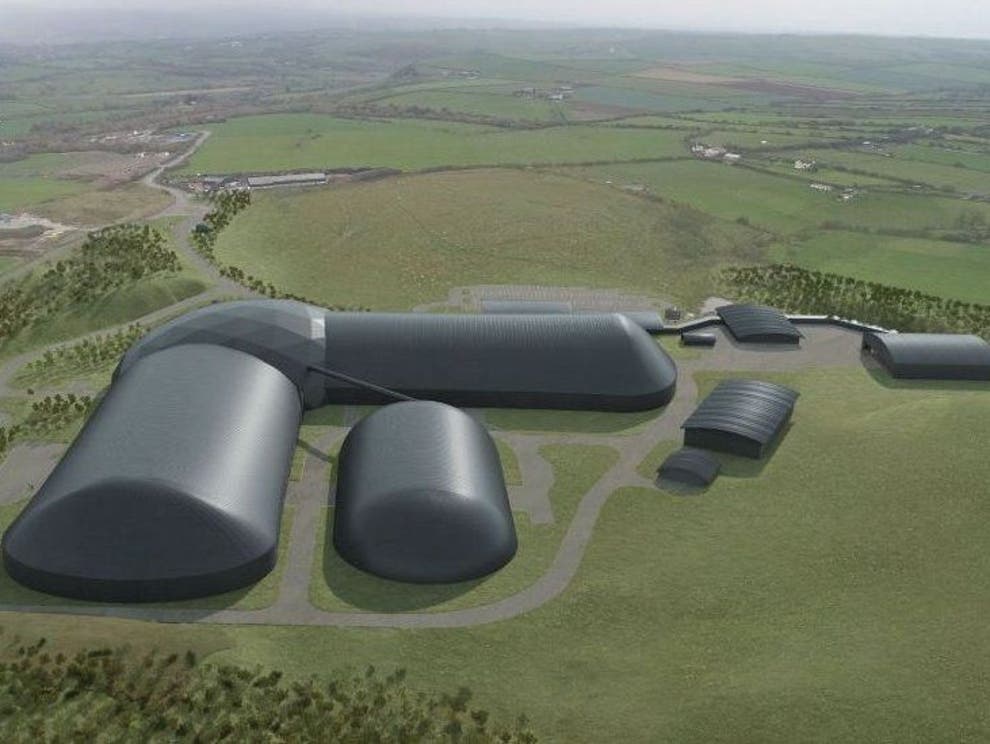Cumbria coal mine controversy: What happens next?
The government has U-turned on controversial plans for a coal mine in Cumbria. Climate correspondent Daisy Dunne looks at the possible next steps


Your support helps us to tell the story
From reproductive rights to climate change to Big Tech, The Independent is on the ground when the story is developing. Whether it's investigating the financials of Elon Musk's pro-Trump PAC or producing our latest documentary, 'The A Word', which shines a light on the American women fighting for reproductive rights, we know how important it is to parse out the facts from the messaging.
At such a critical moment in US history, we need reporters on the ground. Your donation allows us to keep sending journalists to speak to both sides of the story.
The Independent is trusted by Americans across the entire political spectrum. And unlike many other quality news outlets, we choose not to lock Americans out of our reporting and analysis with paywalls. We believe quality journalism should be available to everyone, paid for by those who can afford it.
Your support makes all the difference.Following months of mounting pressure, the government has U-turned on plans for a new coal mine near Whitehaven in Cumbria, according to a letter first seen by The Independent.
Communities secretary Robert Jenrick has now decided to call in the plans for review following “increased controversy”, says the letter, which was sent to Cumbria County Council by a representative of the minister.
Plans for the UK’s first deep coal mine in 30 years have been opposed by leading climate scientists, activists and politicians since they were first put forward in 2019. Cumbria County Council has approved the proposal on three separate occasions, but last month announced that it would review the plans again in light of “new information”.
Ministers have come under fire for refusing to intervene in the plans until now. Many argued that the government’s reluctance to act was harming the UK’s international standing ahead of Cop26, a key climate conference that will be held in Glasgow in November.
The mine would produce coking coal for use in steel production. More than 80 per cent of this coal would be exported to Europe, according to the company behind the mine – and scientists have estimated that the mine would produce 8.4 million tonnes of CO2 per year.
The letter, sent on Thursday, says that Mr Jenrick’s U-turn follows the release of a report from the UK’s climate advisers in December.
“The Climate Change Committee’s recommendations for the sixth carbon budget have been published since he was advised on this decision,” the letter says. “The secretary of state recognises that proponents and opponents take different positions on that matter, and considers that this should be explored during a public inquiry.”
The inquiry will be held by the Planning Inspectorate, an agency of the ministry of housing, communities and local government that deals with nationally significant planning issues. After the inquiry is held, Mr Jenrick will make a decision on whether to allow the mine.
It is currently unclear when the inquiry will take place. Some have speculated that the inquiry and decision process could take months, which might mean Mr Jenrick won’t reach a verdict until after Cop26. The government refused to comment on the likely timeframe for the inquiry when asked by The Independent.
“A public inquiry makes sense because it means there can be a thorough examination of all the evidence,” Prof Rebecca Willis, an environmental scientist at Lancaster University who has closely followed the Cumbria mine plans since 2019, tells The Independent.
“But a public inquiry is only needed because climate policy is so ambiguous and contradictory at the moment,” she says.
“Having studied this closely, it’s clear to me that this mine is incompatible with UK climate ambitions. But it’s very difficult to point to one single piece of legislation that says why that’s so.”

The government should set out a clear strategy to enable regions such as Cumbria to make planning decisions that are compatible with the UK’s goal reaching net-zero emissions by 2050, she says.
“Government really needs to think about how it aligns the net-zero transition with the future of places like west Cumbria and the regeneration that’s needed,” she adds.
Proponents of the mine have claimed that it would create 500 jobs in one of the country’s poorest regions. However, a report released on Friday found that long-term green investment in Cumbria could have the potential to create 9,000 jobs over the next 15 years.
“We looked at all of the low-carbon opportunities across Cumbria to decarbonise houses, hospitals and public and commercial sector buildings, as well as transport and industry,” says Prof Andy Gouldson, an environmental policy researcher at the University of Leeds and author of the report, which was led by the environmental charity Cumbria Action for Sustainability.
“There’s a fork in the road,” he tells The Independent. “Cumbria could go in a high-carbon path or it could go down a low-carbon path, and our project was to look at the potential benefits of going down that low-carbon path.”

Join our commenting forum
Join thought-provoking conversations, follow other Independent readers and see their replies
Comments